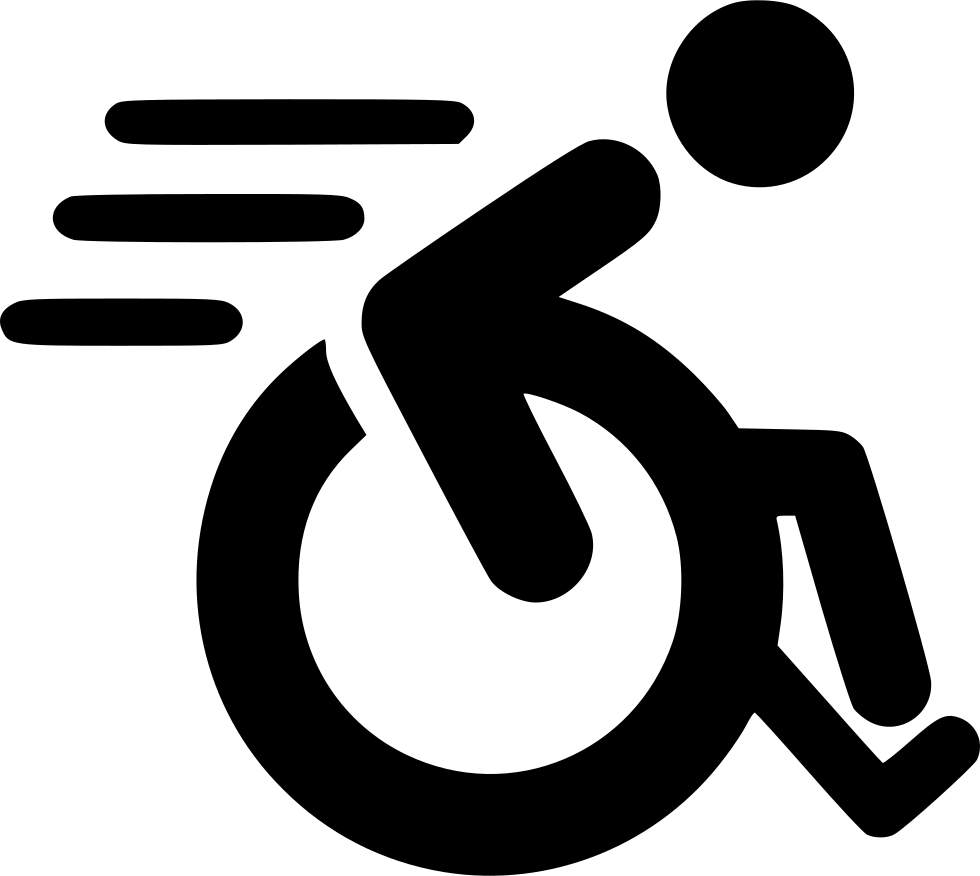Cat - Osteoarthritis
What is osteoarthritis?
 Osteoarthritis commonly occurs in older cats but the importance of this disease has only recently been recognised. This is because it can be difficult to see the signs of arthritis in cats as they are not taken out for walks (like dogs) and are very adaptive. Cats may simply choose to spend more time sleeping if they experience pain on walking.
Osteoarthritis commonly occurs in older cats but the importance of this disease has only recently been recognised. This is because it can be difficult to see the signs of arthritis in cats as they are not taken out for walks (like dogs) and are very adaptive. Cats may simply choose to spend more time sleeping if they experience pain on walking.
How do I know if my cat has osteoarthritis?
Rarely are cats noticeably lame with osteoarthritis but more commonly changes in their lifestyle are observed such as reduced ability to jump, reduced height of jump, stiffness, reduced activity levels, reduced grooming and increased sleeping. All too often owners think these signs are simply a result of ‘old age’, when in fact the cat may be in pain with osteoarthritis. Pain is very difficult to recognise in cats because they naturally behave to disguise pain.
Owners should regularly observe and consult with their veterinary surgeon if any of the following are noticed:
Reduced motility
- Hesitant to jump up or down, or to use cat flap
- Small jumps
- Stiff movements
-
Litter tray ‘accidents’ (if it's a big step to get into the litter tray, painful cats may 'go' beside the tray)
Reduced activity
- Sleeping in one place more
- Playing less
- Hunting less
Changes in grooming
- Matted and/or scurfy coat, especially back and hind regions
- Changes in scratching – overgrown claws, catching on carpets etc.
Changes in temperament
- Less tolerant e.g. towards children and other animals
- Less interaction with the owner
How can osteoarthritis be managed?
If the arthritis can be managed successfully affected cats will enjoy significant improvement in their quality of life. Pain relief is the most obvious choice of treatment. However older cats do not always tolerate the pain killers, which are available to us, particularly since kidney disease is common in older cats, and many of the available drugs may have an adverse effect on kidney function.
There are, however, also important changes that owners can make in the home to help cats with arthritis cope better and avoid situations that cause more pain:

- Provision of comfortable bedding in warm places
- Provision of shallow litter trays that are easier to get in and out of
- Avoid using ‘heavy’ litter material
- Clip claws regularly to prevent overgrowth
- Spend more time grooming the cat
- Help to reduce the need for jumping e.g. provide steps and ramps to the cat’s favourite places
Another important aspect of management is avoiding obesity as this will add significant strain on the joints. If your cat is overweight, dietary management should be discussed with your veterinary surgeon.
What other treatments are available?
Other treatments that your vet may advise include a combination of a special diet containing specific fatty acids to help reduce inflammation in the joints, glucosamine/chondritin supplements and pain killers. Because of the potential side affect of pain killers, particularly in older cats, your vet may recommend periodic blood tests to monitor kidney function. It is important that these are carried out when suggested, to reduce the risk of serious damage to the kidneys. Your vet may also ask you to monitor your cat for any signs of being off its food, vomiting or diarrhoea. These are also side effects that can be caused by some of the pain killers and it is vital if you notice any of these signs to stop the medication and contact your veterinary surgeon. Never give your cat any medications or supplements that were not prescribed by your veterinary surgeon as they may be dangerous to cats.
Used and/or modified with permission under license. ©Lifelearn, The Penguin House, Castle Riggs, Dunfermline FY11 8SG

